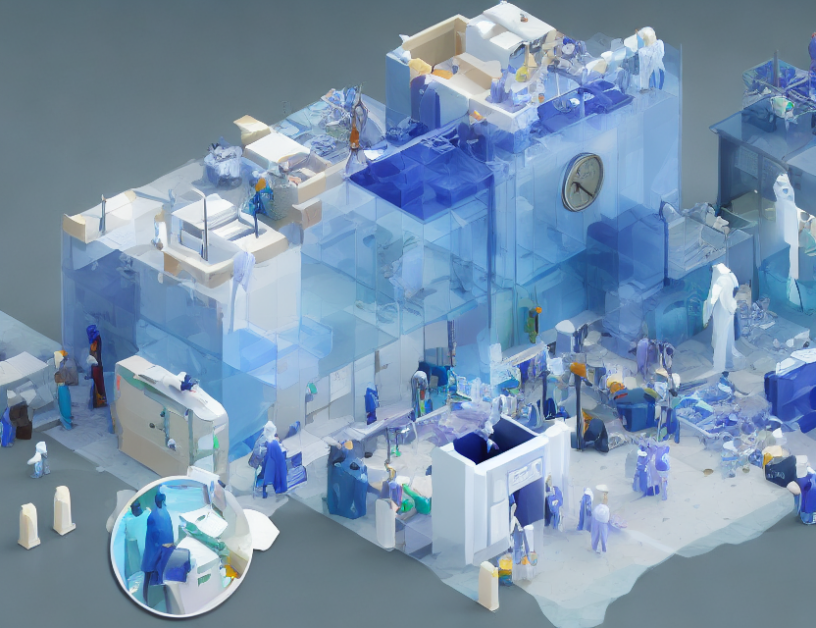Time-series analysis is a crucial task in various fields, including finance, healthcare, and environmental monitoring. Recently, transformer-based architectures have gained popularity in this domain due to their ability to capture long-range dependencies and complex temporal patterns. This review article provides an extensive overview of the applications and limitations of transformers in time-series analysis.
Applications of Transformers
- Handling missing data: Self-attention mechanisms in transformers can effectively handle missing data by dynamically assessing the significance of different points in a time-series. This is particularly useful in electronic health records, where data is often incomplete or missing.
- Imputation: Transformers can impute missing values in a time-series using self-attention mechanisms, which can capture complex temporal patterns and relationships.
- Time-series forecasting: Transformers can predict future values in a time-series by analyzing past patterns and trends. This is particularly useful in finance, where accurate forecasts can help investors make informed decisions.
- Anomaly detection: Transformers can detect anomalies in a time-series by identifying patterns that deviate significantly from the norm. This is particularly useful in environmental monitoring, where early detection of anomalies can help prevent disasters.
Limitations of Transformers
- Computational complexity: Transformers require significant computational resources, which can be a limitation for large-scale time-series analysis.
- Overfitting: Transformers can overfit the training data, resulting in poor generalization performance on unseen data.
- Lack of interpretability: The complex nature of transformer models makes it difficult to interpret the results and understand the reasoning behind the predictions.
Future Research Directions
- Efficient transformer architectures: Developing efficient transformer architectures that can handle large-scale time-series data while reducing computational complexity.
- Interpretability techniques: Developing techniques to improve the interpretability of transformer models, such as visualization tools and explainable AI methods.
Conclusion
Transformers have revolutionized the field of time-series analysis by capturing long-range dependencies and complex temporal patterns. However, they also have limitations, including computational complexity and lack of interpretability. Future research should focus on developing efficient transformer architectures and interpretable techniques to overcome these limitations. By combining these advances with traditional time-series analysis methods, we can create more accurate and interpretable models for a wide range of applications.



